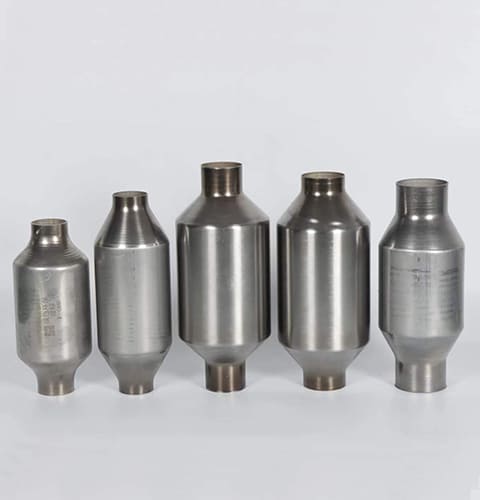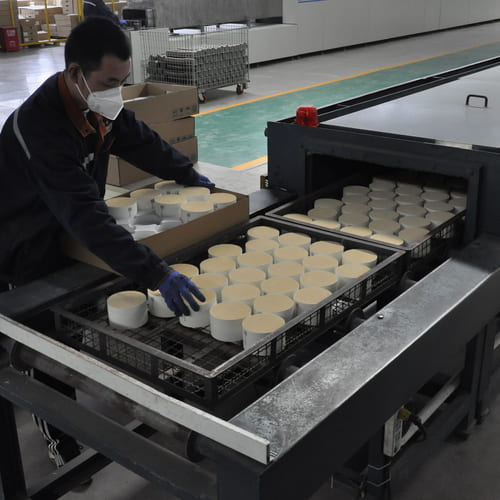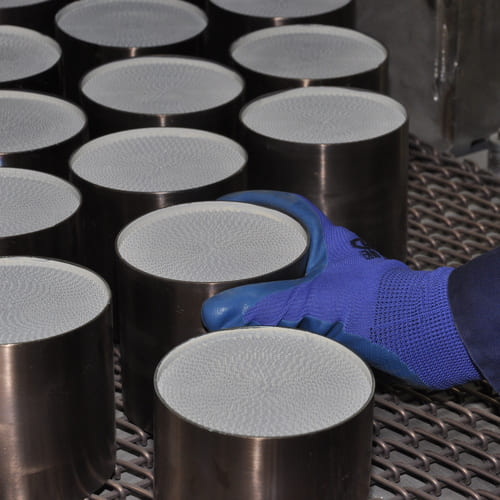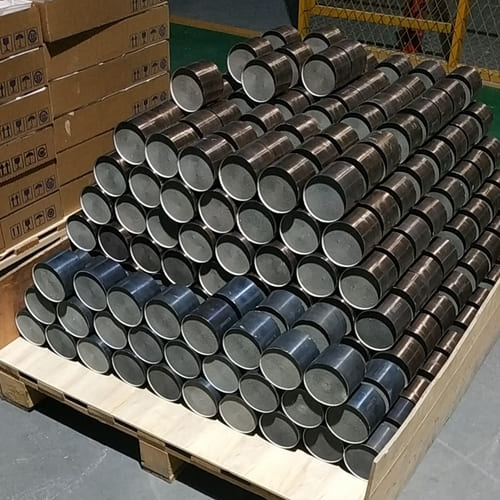Have you ever wondered what happens to the harmful gases produced by your car’s engine? Imagine driving down the highway, your car emitting exhaust gases. How are these gases treated to ensure they don’t harm the environment? The answer lies in a crucial component of your vehicle’s exhaust system: the catalytic converter. But what exactly does a catalytic converter do?
A catalytic converter is a device used in the exhaust system of vehicles to reduce harmful emissions. It transforms toxic gases and pollutants in exhaust gas into less harmful pollutants by catalyzing a redox reaction (an oxidation and a reduction reaction). This device is essential for meeting environmental regulations and ensuring cleaner air.
This article will delve into the workings of a catalytic converter, its components, and its importance in reducing vehicle emissions. By the end, you’ll have a clear understanding of why catalytic converters are vital for both your car and the environment.

How Does a Catalytic Converter Work?
A catalytic converter works by using a catalyst to induce a chemical reaction that converts harmful gases into less harmful ones. The catalyst is usually made from precious metals like platinum, palladium, and rhodium. These metals facilitate the conversion of toxic gases like carbon monoxide (CO), nitrogen oxides (NOx), and hydrocarbons (HC) into less harmful substances such as carbon dioxide (CO2), nitrogen (N2), and water (H2O).

What Are the Main Components of a Catalytic Converter?
A typical catalytic converter consists of three main components:
- Core or Substrate: This is often a ceramic or metallic honeycomb structure that provides a large surface area for the catalyst.
- Washcoat: This layer helps disperse the catalyst materials over the core, increasing the efficiency of the reaction.
- Catalyst: The precious metals (platinum, palladium, and rhodium) that facilitate the conversion of harmful gases.

What Types of Catalytic Converters Exist?
There are mainly two types of catalytic converters:
- Two-Way Catalytic Converters: These are used in diesel engines and focus on oxidizing carbon monoxide and hydrocarbons into carbon dioxide and water.
- Three-Way Catalytic Converters: These are used in gasoline engines and can handle three pollutants—carbon monoxide, hydrocarbons, and nitrogen oxides—converting them into carbon dioxide, water, and nitrogen.
Why Are Catalytic Converters Important?
Catalytic converters are essential for several reasons:
- Environmental Protection: They reduce the emission of harmful gases, contributing to cleaner air and a healthier environment.
- Regulatory Compliance: Most countries have strict emission standards that vehicles must meet. Catalytic converters help ensure that vehicles comply with these regulations.
- Public Health: By reducing the emission of toxic gases, catalytic converters help protect public health, reducing respiratory and other health issues caused by air pollution.

How Long Do Catalytic Converters Last?
The lifespan of a catalytic converter can vary, but they typically last between 50,000 to 100,000 miles. Factors that can affect their lifespan include the quality of the converter, driving conditions, and how well the vehicle is maintained.
What Are the Signs of a Failing Catalytic Converter?
Some common signs that your catalytic converter may be failing include:
- Check Engine Light: One of the most common indicators.
- Poor Engine Performance: Reduced acceleration and power.
- Rattling Noise: A rattling sound coming from the exhaust system.
- Increased Emissions: Failing an emissions test is a clear sign.
Can Catalytic Converters Be Repaired?
In most cases, catalytic converters cannot be repaired and need to be replaced if they fail. However, regular maintenance and prompt attention to engine issues can help prolong the life of the catalytic converter.
What Are the Environmental Benefits of Catalytic Converters?
Catalytic converters significantly reduce the emission of harmful gases, contributing to:
- Reduced Air Pollution: Lower levels of smog and air toxins.
- Climate Change Mitigation: Reduced greenhouse gas emissions.
- Improved Public Health: Lower incidence of respiratory and cardiovascular diseases.
How Are Catalytic Converters Regulated?
Regulations for catalytic converters vary by country, but most have stringent standards to ensure that vehicles meet specific emission limits. In the United States, the Environmental Protection Agency (EPA) and the California Air Resources Board (CARB) set these standards.
What Are Some Innovations in Catalytic Converter Technology?
Recent advancements in catalytic converter technology include:
- Improved Catalyst Materials: Research into more efficient and cost-effective materials.
- Advanced Substrate Designs: Enhancements in the honeycomb structure for better performance.
- Integrated Emission Control Systems: Combining catalytic converters with other emission control technologies for greater efficiency.

Conclusion
Catalytic converters play a crucial and indispensable role in the automotive industry by effectively reducing vehicle emissions and protecting the environment for present and future generations. By efficiently converting harmful gases and toxins into less harmful substances, these innovative devices significantly contribute to maintaining cleaner and healthier air quality, ultimately resulting in a greener and more sustainable planet.


